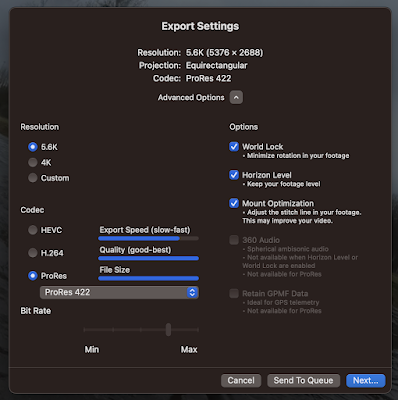(The following sections and points to be expanded into essay format)
Strengths (& what it does well, what it does right)
It has a really good story. Each of the titles take the world in slightly different directions. Players discuss how to reconcile multiple storylines but the technicalities of if/when/where each gameworld fits within a canonical timeline aren't as interesting as thinking about some of the deeper meanings that can be read into the game designs. For example, players have posited the design themes in Majora's Mask in terms of Grief Theory (link).
The character concepts and "worlding" are deeply interesting and clearly leave gaps for interpretation and discussion about world connections, time and timelines, characters and relationships between titles in the Zelda series.
Content draws on previous titles, making good use of pre-existing assets but developing them further in interesting ways.
Appeal to both male and female players.
Numerous interesting and challenging side-quests.
Some gameplay elements offer excellent collection appeal (costumes, parts, weapons etc.) and dynamics.
Excellent balance of difficulty, skill, ability progression within the one game.
Progression and difficulty intertwined with the game concept.
Deep background and history progressively introduced.
Historical figures progressively injected into game environment.
The launch title with new Nintendo consoles (which ones?). Typically bought separately, not bundle priced, it maximised revenue potential from customers who set a high value on the title franchise.
Nintendo, the title (and the platform ecosystem) is perceived to be child-friendly in a field (computer gaming) that is dominated by adult content.
The youth market can be effective activators of gate keepers with purchasing power (children's pester power).
Weaknesses (& what hasn't gone well)
Novelty will wear off.
Single player mode only.
The game concept has no opening for multiplayer, cooperative or competitive.
The game concept has one main narrative, i.e. cannot play as the bad guys.
Tightly linked to Nintendo platforms.
Platform weaknesses (if any) may transfer to the game itself.
Player intention to continue (playing) may/will diminish over time.
Grinding repetition as player levels up (hearts, stamina etc.)
Opportunities (& expansion, might also be threats)
New versions can be released to incrementally enhance the game, content, gameplay, narrative structure and goals.
Threats (might also be opportunities?)
Content that opens up as players explore the game, level-up etc. may be construed as anti-ethical to the child-friendly platform concept.
Unforeseen hardware faults.
Competition from mobile devices.
Late to market.
Recommendation (should be compelling, a call to action, arguments based on research)
Focus on quality.
Focus on gameplay.
Focus on integrity of game narrative.
Downloadable content to introduce incremental enhancements at low price or for free to reinforce customer satisfaction with the hardware platform and the game.
Enhance revenue from hardware/software ecosystem through the game shop to cross-promote other titles that leverage network effects (e.g. co-op games like Splatoon 2).
Sharing 360° video?
So, you've got a 360 degree video file from your GoPro. What to do with it? Well, share it on YouTube. YouTube supports uploading and pl...

-
So, you've got a 360 degree video file from your GoPro. What to do with it? Well, share it on YouTube. YouTube supports uploading and pl...
-
(CTAN, a meta-level resource for all things TeX www.ctan.org/ ) Step 1: MacTeX packages for Mac. Install MacTeX, after which do the foll...
-
First, read the article "AI-generated art illustrates another problem with technology" by John Naughton on the Guardian (20 Aug...
